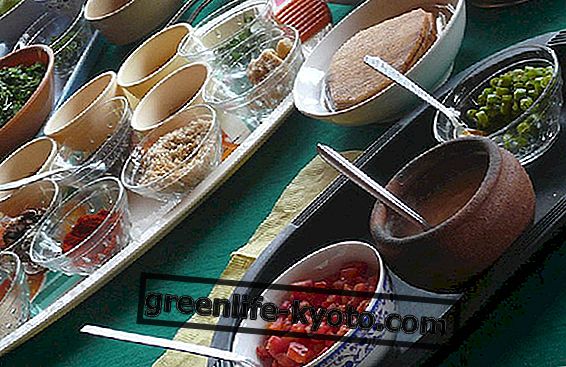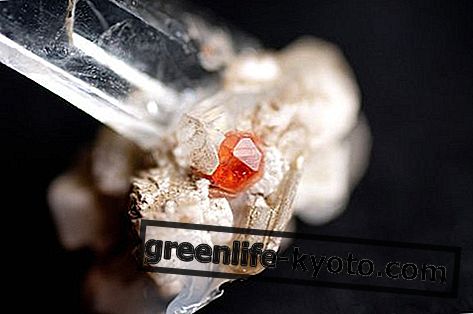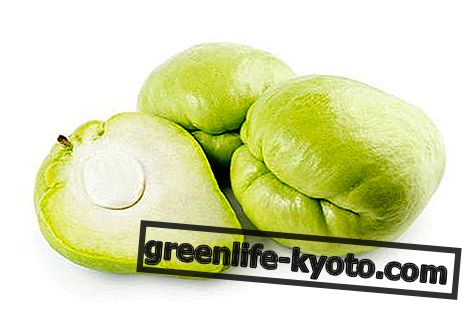
How do Koreans differ from their Chinese and Japanese cousins? We will probably notice immediately that they are less noisy than the Chinese but more colorful and spontaneous than the Japanese.
Often, despite the clichés, Koreans know how to be open, informal, not afraid to stand out and express themselves.
South Korea in particular is changing at a dizzying speed and the new generations are very different from the previous ones.
Even the differences between the two Koreas are increasing more and more, even linguistically, but South Korea remains a beautiful place for tourists, even if a little expensive.
We find four distinct and rather extreme seasons: winter in the city can reach -10, while summer exceeds 30 degrees very well.
Korea is becoming the country famous for video game players and on the other hand few nowadays are dedicated to agriculture. Although not everyone speaks English, they always try to understand and make themselves understood, finding great pleasure in being courteous to foreigners.
Korean cuisine: typical dishes
How do you typically eat in Korea? First, we eat only three times and snacks are not provided, with rare exceptions .
The breakfast, of moderate size, is composed of rice and various soups, purely vegetarian .
At lunch the story repeats even if the carriers are larger and the meat (beef, pork, chicken) is expected ; finally we have dinner, more or less identical to the prazo but of even greater quantities.
In restaurants, the dish of the day is often represented by a bowl of rice with an infinite number of soups and sauces, often bittersweet, spicy, sweet, bitter, savory and so on and so forth.
Many of these sauces are fermented products (such as kimchi ) or based on dehydrated ingredients, to be stored to cope with the harsh winter when nothing fresh is found.
Spicy is very welcome, as are fish and seafood. One of the so-called picnic foods because they are easy to carry around is Kimbap, known as the Korean sushi, an expression that the Koreans hate.
Vegetarians, because of the fish sauce used everywhere, struggle a lot in restaurants.
Sesame oil is widely used in Korean cuisine: discover properties and use food
Where to eat (on the street or in the restaurant)
All Koreans will tell you that they prefer to go to the restaurant because of working hours but that they miss the food at home a lot, cooked with more care and love.
A basic, rather sparse, lunch costs around 10 euros, while a whole fried chicken plus beer (typical Korean junk food ) costs around 20 euros.
At every street corner we can find small shops open around the clock, full of low-class food ready to take away.
On the way we can also find typical sweets such as bugeoppang, fish-shaped and filled with sweet black beans, or hotteok, similar but filled with sweet seeds.
Not to be missed in Korea
First of all, the typical and omnipresent kimbap . The tteokbokki, a strange street food, are also very special: rice dumplings that are both sweet and spicy .
Korean noodles, although less consumed than rice, are very good, similar to Tibetan ones, especially neangmyeons with meat and egg sauce. Yubutzoba are also mouth-watering : fried tofu stuffed with rice and vegetables.

What to avoid Korean cuisine
If you are too susceptible, the chance to toast with snake liqueurs or to feast on larvae and other insects, the most popular talvota of fish, is certainly avoidable.
One of the experiences often avoided by foreigners is the hongeo, an oddity that consists of fermented (and very smelly) fish capable of burning the nose and tear ducts even more than wasabi.
Tips and trivia about Korean cuisine
It is good to stop with the fear of finding our canine friends on your plate: eating dogs in Korea is forbidden .
Good manners and formalities are very important in Korea when there is an elderly person at the table, towards whom every gesture tends to show respect.
The fruit is very good but also expensive, a watermelon can cost around fifteen euros.













